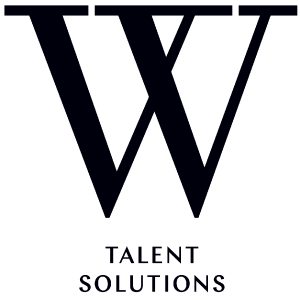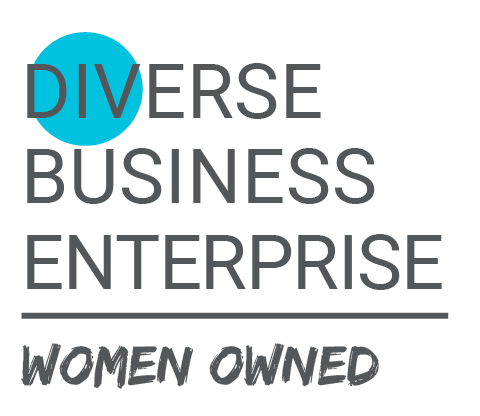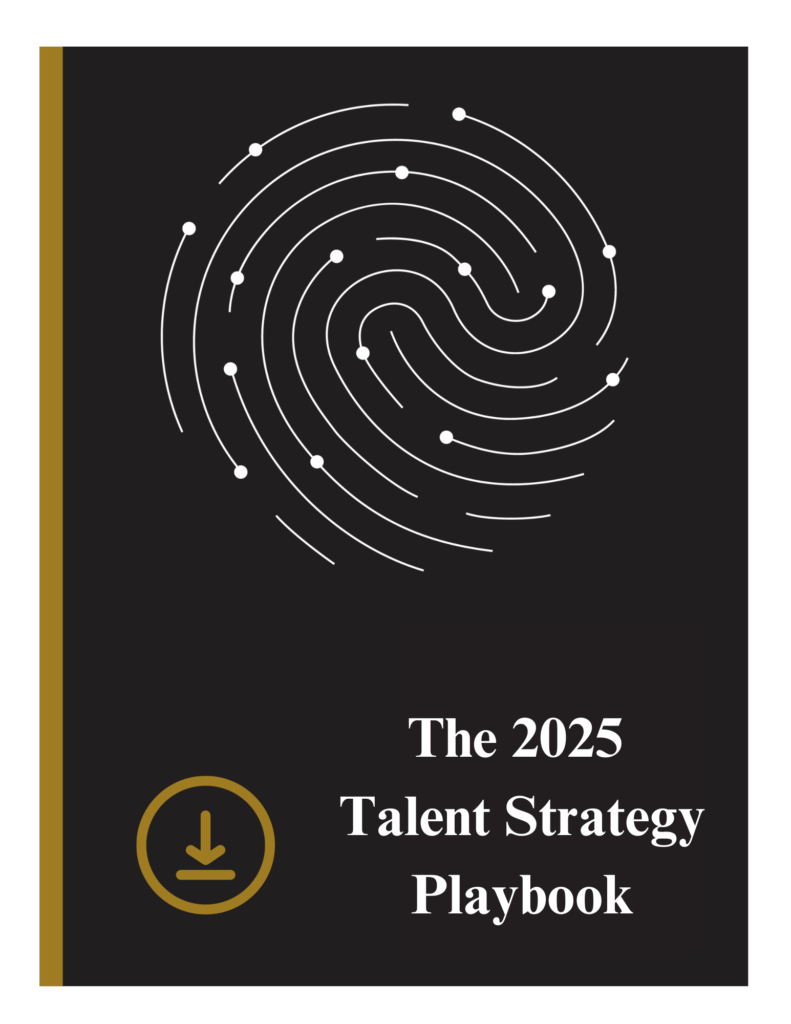In an increasingly interconnected world, the way we work—and hire—has fundamentally shifted. The rise of remote work, advances in communication technology, and an increasingly skilled global workforce have created unprecedented opportunities for companies to expand their talent pool beyond geographic boundaries. This shift isn’t just a trend; it’s a new reality that’s transforming recruitment. Yet, tapping into a global talent pool isn’t as simple as posting a job opening online and waiting for the applications to pour in. It requires a strategic and thoughtful approach to ensure that your company can attract, evaluate, and retain top-tier talent from around the world.
Global recruitment introduces new complexities, from navigating different labor laws and cultural expectations to managing time zones and language barriers. However, these challenges are far outweighed by the benefits: access to diverse perspectives, specialized skills, and a deeper reservoir of qualified candidates. Companies that adapt their recruitment strategies to embrace this global perspective not only position themselves as forward-thinking employers but also gain a competitive edge in today’s talent-driven market.
In this blog, we’ll explore how businesses can reimagine their recruitment strategies to effectively engage with a global talent pool. From leveraging technology and optimizing processes to building an inclusive employer brand and managing logistical challenges, you’ll learn how to create a framework for hiring that transcends borders. Whether your company is just beginning to explore international hiring or looking to refine its approach, these strategies will help you stay ahead in the race for the world’s best talent.
The Growing Importance of a Global Talent Pool
The concept of hiring across borders isn’t new, but it’s rapidly gaining traction. According to a 2023 report by LinkedIn, the share of remote job postings has grown by over 200% since 2020, with companies actively recruiting in regions they never considered before. Why? Talent shortages in local markets, the increasing demand for specialized skills, and the cost advantages of global hiring are driving this shift.
At the same time, employees are looking for flexibility, mobility, and opportunities that align with their personal and professional goals. A global recruitment strategy not only helps meet these expectations but also opens doors to untapped markets of skilled professionals who might otherwise remain inaccessible.
Companies like Shopify and GitLab have embraced this model, operating as fully remote organizations and hiring the best talent regardless of location. Their success demonstrates that a well-executed global hiring strategy can lead to innovation, increased productivity, and enhanced employee satisfaction.
Key Challenges in Global Recruitment
While the advantages of hiring globally are clear, the process comes with its own set of hurdles:
- Cultural Differences: Understanding and respecting cultural nuances is essential to ensure smooth onboarding and collaboration.
- Legal Compliance: Each country has its own labor laws, tax regulations, and hiring practices that must be navigated carefully.
- Time Zone Management: Coordinating across multiple time zones can impact productivity and team cohesion.
- Language Barriers: Clear communication is vital, and language differences can pose challenges during the hiring process and beyond.
Addressing these challenges requires strategic planning, investment in the right tools, and a commitment to building an inclusive work environment.
Strategies for Adapting Your Recruitment Approach
- Leverage Technology to Streamline Hiring
Invest in applicant tracking systems (ATS) and collaboration tools that allow seamless communication and document sharing across borders. Platforms like Slack, Zoom, and Trello are excellent for managing global teams. Additionally, consider tools like Deel or Remote.com for handling payroll and compliance in different countries. - Refine Your Employer Brand
Candidates from diverse backgrounds want to see a commitment to inclusivity. Tailor your job postings to emphasize values like flexibility, diversity, and equity. Use social media and your website to showcase stories of international employees thriving in your organization. - Build a Scalable Interview Process
Design an interview framework that evaluates candidates fairly regardless of location. For example, incorporate asynchronous video interviews or skills-based assessments to reduce the impact of time zone differences. - Focus on Cultural Awareness and Training
Equip your hiring managers with the tools to navigate cultural differences effectively. This includes understanding communication styles, work ethics, and expectations in different regions. - Create a Supportive Onboarding Experience
The onboarding process is your opportunity to set global hires up for success. Offer resources to help them navigate time zone challenges, provide mentorship opportunities, and create a sense of belonging from day one.
Measuring Success in Global Recruitment
Adapting to a global talent pool isn’t a one-time effort—it’s an evolving process that requires regular evaluation. Use key performance indicators (KPIs) like time-to-fill, quality of hire, and employee retention rates to measure the effectiveness of your strategy. Collect feedback from global hires to understand their experiences and identify areas for improvement.
Final Thoughts
The future of work is global, and the companies that embrace this shift will be the ones leading the charge. Adapting your recruitment strategy to a global talent pool isn’t just about filling roles—it’s about building a diverse, innovative, and resilient organization. By focusing on technology, inclusivity, and cultural awareness, you can position your company as a magnet for the world’s top talent.
Ready to expand your reach and redefine your hiring approach? The world is your talent pool—let’s dive in.



















